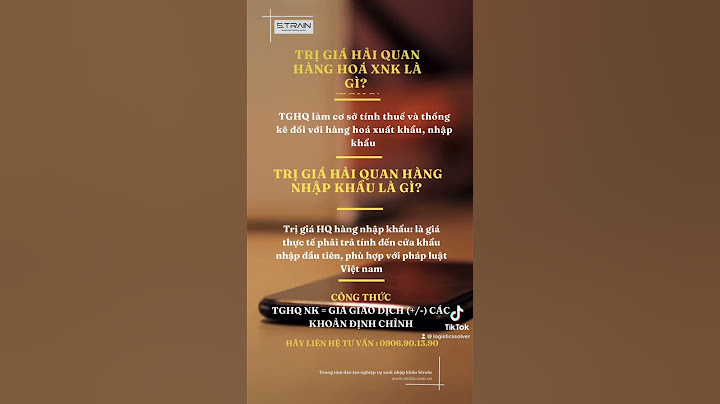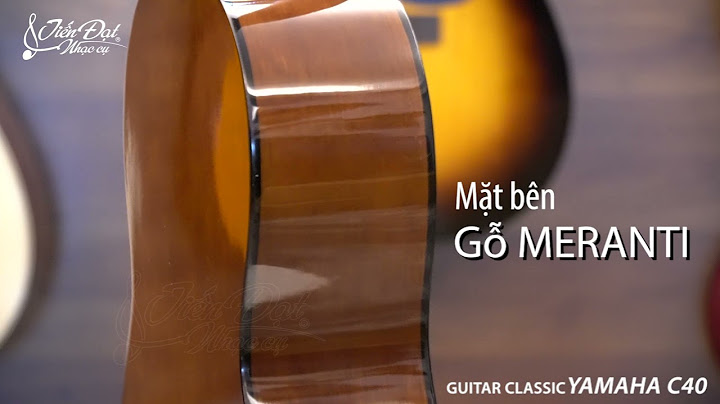The Fujifilm 60mm f2.4 lens was one of the first that Fujifilm released when the X series system was announced. As one of the oldest in the system, it is also in the hands of many users. Marketed as a macro lens, its 90mm field of view also does a great job for portraits when needed. Show Sporting a wide open aperture for f2.4 and 10 elements in 8 groups, the lens is further made better with nine aperture blades. Sadly though, it’s very easy to deem this lens the jack of all trades and master of none. Pros and Cons Pros– Very sharp, though isn’t as sharp as the 35mm f1.4 despite what many folks say – Great color – Minimal distortion – Amazing feel in the hands Cons– Slow to focus – Don’t focus as closely as Zeiss’s 50mm f2.8 Touit option Gear UsedWe tested the Fujifilm 60mm f2.4 Macro lens with the X Pro 1, Adorama Flashpoint Streaklight, and PocketWizard Plus III transceivers. Tech SpecsSpecs taken from the B&H Photo listing Performance Focal Length 60mm Comparable APS-C Focal Length: 90 mm Aperture Maximum: f/2.4 Minimum: f/22 Camera Mount Type Fujifilm X mount Format Compatibility DSLR (APS-C Sensor) Angle of View 26.6° Minimum Focus Distance 10.51″ (26.7 cm) Magnification 0.5x Elements/Groups 10/8 Diaphragm Blades 9 Features Image Stabilization No Autofocus Yes Tripod Collar No Physical Filter Thread Front:39 mm Dimensions (DxL) Approx. 2.52 x 2.79″ (64.1 x 70.9 mm) Weight 7.58 oz (215 g) Ergonomics Fujifilm’s 60mm f2.4 is a lens that wasn’t designed to be too large, but the massive lens hood that attaches to the front is nearly as large as the lens itself. But otherwise, the 60mm lens has very typical Fujifilm controls that work out beautifully in real life use.  The lens is characterized by a massive focusing ring that has enough ergonomic grooves to also double to make the overall feeling of the lens really nice on the fingers. Behind this is an aperture ring that goes to A for auto down to f2.4. The clicks are in thirds of stops.  When it tried to focus very closely on a subject the lens tends to become very oddly large. The lens still maintains a small overall size but it’s still something that you’d want to protect with the lens hood. Build QualityOne of the best things about this lens is its build. The 60mm f2.4 comes with a large lens hood that makes it feel like a true portrait lens but otherwise is pretty much as large as the lens itself. This lens looks and feels like something Leica would make if the M mount system has autofocus lenses. Despite all this, the lens doesn’t have weather sealing. But if you can get past this, Fujifilm will capture your heart. Ease of Use For the most part, we’re positive that many users will be autofocusing with this lens. But when it comes to trying to focus at macro distances, you’ll have a considerable problem unless you switch to manual focus. Otherwise though, this lens is great for food and portraits. AutofocusBased on what we’ve experienced, the Fujifilm 60mm f2.4 has to be the slowest focusing lens in the system. Now that’s not to say that it’s like molasses, but I surely did miss a lot of shots with it. Granted, it’s a longer focal length–but there are much faster focusing lenses out there. When you want to focus on something very close (we’re talking about macro distances) you’ll have a terrible time. In fact, we never were able to accurately focus on an object at close distances when using autofocus. You’re much better off switching to manual and working with the focus peaking. Image Quality AS ALWAYS, EXIF DATA IS IN TACT. YOU CAN CLICK ON THE IMAGES AND THE EXIF WILL BE IN THE HYPERLINK. OR FEEL FREE TO DOWNLOAD THEM, WHERE THE EXIF IS IN THE FILENAME The overall image quality of the 60mm f2.4 is really, really good. But to get the absolute best out of the sharpness, you’ll need to use a flash of some sort. The lens still isn’t as sharp as the company’s 35mm f1.4 or their 56mm f1.2 offerings but you may still want to consider it. To be fair though, we gravitated more towards Zeiss’s 50mm f2.7 Touit lens for the color and the closer focusing distance. Fujifilms 60mm f2.4 has very smooth and beautiful bokeh but it could have been made even better if the company decided to spring for an f2 lens option. We thoroughly enjoyed playing the the X Pro 1’s color profiles and looking at how they all helped to render the bokeh with its various colors. This is a lens that has been around for a couple of years though, and its age is starting to show. Sharpness The sharpness of Fujifilms 60mm f2.4 was widely stated to be legendary by many photographers who first got in on the system. However, the poster child for the series was always the 35mm f1.4. And for what it’s worth, that lens is still very much so our favorite and the best. Fujifilm’s f2.4 offering could have surely been given a faster aperture which would have also conversely have given it better sharpness performance. We found that the lens reaches it absolute best performance at around f4. At f5.6, the sharpness improved marginally, but not enough to write letters home about. Bokeh When it comes to bokeh, the 60mm f2.4 has some of the best for the entire X-series system–but it doesn’t beat out their 56mm f1.2 (obviously) or Zeiss’s 50mm f2.8 Touit. Those two lenses are beautiful and aren’t as long a focal length as 60mm is. With this lens attached, you’ll get the equivalent field of view of a 90mm f4.5 lens on a full frame camera when shooting wide open. Most folks wouldn’t even bother to stop it down in that case; but you only really start to see how sharp the lens can be when you add a flash to the scene. Color Rendition This is Fujifilm–so naturally the color rendition will be amazing, right? Well, to be honest, the color rendition is good but not great. Even when it came to applying with and working with different color profiles, we weren’t so amazed as when we were working with the Zeiss 50mm f2.8 Macro lens. Granted, the color rendition isn’t horrible, it just isn’t the best. However, we sure do need to say that it works well with skin tones–which is what Fujifilm probably developed the lens for. Color Fringing In our tests, we didn’t find any color fringing at all. This applies to when we worked with very high contrast situations and we also added flash to our images. Fujifilm did an excellent job controlling the fringing. Again though, this is a very negligible problem that shouldn’t bother anyone. It can be easily nerfed with modern software. Extra Image SamplesHere are some extra image samples:                 ConclusionsLikes– Pretty good image quality despite not being the sharpest lens in their lineup – Great build Dislikes– Slow autofocus – Really wish the aperture were wider – That lens hood is a monster  Fujifilm’s 60mm f2.4 X series lens isn’t really a macro lens per se due to the fact that it doesn’t focus down to a 1:1 ratio; but it can surely focus closely. Besides checking out little things under the lens, you can turn it into a kick ass portrait lens when the right lighting is applied. Its sharpness isn’t spectacular, but it isn’t at all horrible either. Overall though, we’ve been more excited about other lenses from Fujifilm. And this one isn’t particularly making us drool as much. Depending on pricing and rebates, the Fujifilm 60mm f2.4 X series lens goes for $649, and can be bought at B&H Photo. We rate the Fujifilm 60mm f2.4 for the X series at 3 out of 5 stars. Recommended Cameras and Accessories – Fujifilm X Pro 1: The company’s older camera can still take amazing photos with this lens. But just keep in mind that the focusing isn’t top notch. – Fujifilm XE-2: Fujifilm’s XE-2 sports a new sensor that will very slightly boost the output from the 60mm f2.4 macro lens. – Fujifilm 27mm f2.8: If you’re looking for a nice companion lens to this really long focal length, then go for this one. – Fujifilm XT-1: Fujifilm’s flagship camera is capable of doing some amazing things. This lens’s jack of all trades master of none persona will be slightly balanced out by this camera’s excellent performance scores all around. Is the Fujifilm 60mm any good?The Fuji XF 60mm f/2.4 ASPH is optically just about perfect, excelling at sharpness, falloff and distortion, as well as bokeh. Auto and manual focus is closed-loop, read directly from the image sensor. Therefore there are none of the mechanical errors present in rangefinder (LEICA) or SLR cameras. What is the difference between Fuji XC and XF?XF vs XC. If you are a Fujifilm X Series user or looking at buying an X Series camera, these are the two different types of lenses you will be looking at. The main difference between the two are that XF lenses are made of metal with a metal lens mount whereas an XC lens is mostly plastic construction. |




















